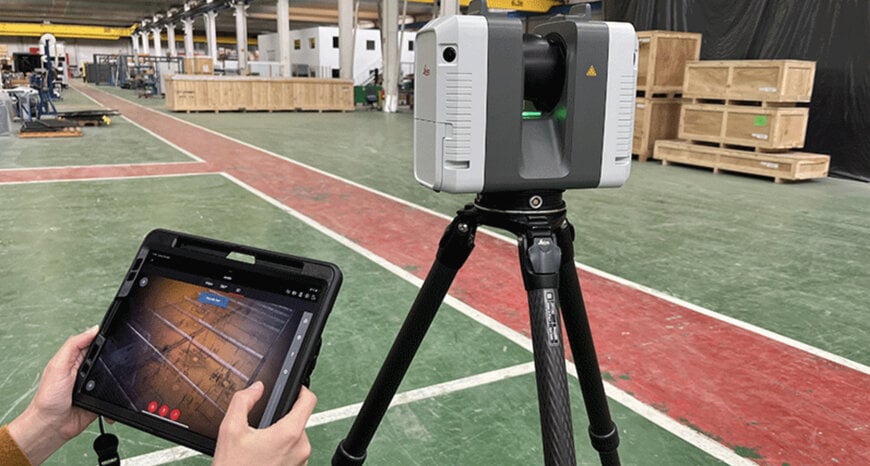www.ptreview.co.uk
02
'25
Written on Modified on
Hexagon boosts global manufacturing agility with Digital Factory as-a-service launch
Highly scalable service for single facilities or multiple factories with cloud-based collaboration workflows delivers four-times faster planning, 70% fewer site visits and 23% cost-reduction.
hexagon.com

Accelerating the growth, redesign, and construction of factories to boost production, site-efficiency and operational agility, Hexagon’s Manufacturing Intelligence division announced the global “as-a-service” roll-out of its cutting-edge Digital Factory solution.
Global automotive and aerospace manufacturers are already using Hexagon’s Digital Factory solutions to map and model decades-old brownfield facilities in preparation for increases in production or the introduction of new lines in what are increasingly competitive global markets undergoing significant change. From today, this is now offered as a service, providing the manufacturing industry easy access to the information they need to remodel assembly workflows, increase automation, install more advanced equipment, and maintain the agility required to stay ahead of competition.
Accomplishing large-scale 3D scans and surveying thousands of square metres in a matter of hours, Digital Factory-as-a-service deploys a team of Hexagon scanning experts to manufacturers anywhere in the world to capture highly accurate, up-to-date information about their plants and equipment. This process includes identifying needs, defining workflows, collecting data and delivering BIM models as well as custom services to help leverage and analyse the full potential of the factory data. All data is interoperable and can be used to create immersive 3D models of factories using a wide variety of applications from Hexagon’s solutions and specialist tools from other vendors.
Digital Factory as-a-service is highly scalable, supporting single factories or multiple worldwide facilities. It delivers quick access to precise visualisations for scenario-building when planning new factories, monitoring production progress, or reconfiguring brownfield facilities. This real-time insight helps manufacturers prepare for the implementation of new machinery or significant alteration of processes and workflows, pivot production lines confidently to maximise new opportunities, adapt to new constraints and introduce new technologies. Manufacturers can, for example, test flexible manufacturing or zero tooling scenarios and explore workflows integrating robots, cobots and AGVs (autonomous guided vehicles) to de-risk any changes to a plant.
Without requiring expertise in BIM tools or 3D visualisation, staff can walk through a digital replica of their space to envisage how new production cells or equipment would function. They can identify clearances, ensure equipment fits through access routes and spot potential problems, preventing disruptions and costly delays. Teams dispersed around the globe can also collaborate remotely, accelerating decision-making while reducing typical travel costs associated with projects by 50% and the need for site visits by up to 70%.
www.hexagon.com

